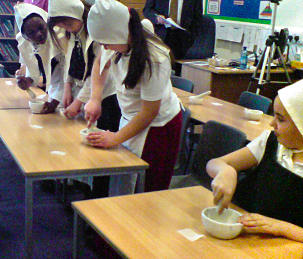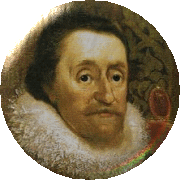Apothecary
In 1605, apothecaries, and others who treated illness, followed beliefs which had been held for over a thousand years about what caused illnesses and other complaints.
Anyone making remedies would need to know the properties of many different plants, and how to grow, harvest and store them.
The apothecary would have to know how to use a pestle and mortar to make simple remedies, using such things as mustard seeds and cucumber. They would also have to have knowledge about: infusing, making decoctions, distillation, and how these remedies could be administered as a liquid, a powder, in a syrup, as a pill, ointment or plaster.
Remedies could be what are termed 'simples', or contain many ingredients.
Using plants to treat illnesses
Some of these ancient remedies may seem strange to us, but you might be surprised to learn that many are still used today.
People who knew about using herbs to make remedies

In late Elizabethan times a reference book, known as a 'Herbal', was published by the famed herbalist, John Gerard. He listed over a thousand such remedies.
John Hall, a physician in Stratford, used nearly 300 plants - also 39 animal drugs and 38 mineral ones.
Apothecaries of that period would not have known all of these, but anyone making remedies would need to know all about the growing, harvesting, drying and storing the different parts of the plants.
Other plants that we would not think of as herbs were also used, as well as plants from other countries.
Some of these plants could be dangerous!

Curriculum links:
SCIENCE: Look at the role of herbal medicines. What were the causes of common ailments, and how were they treated? Did the lack of understanding of human physiology and causes of infection have a role in the diseases prevalent at this time?

